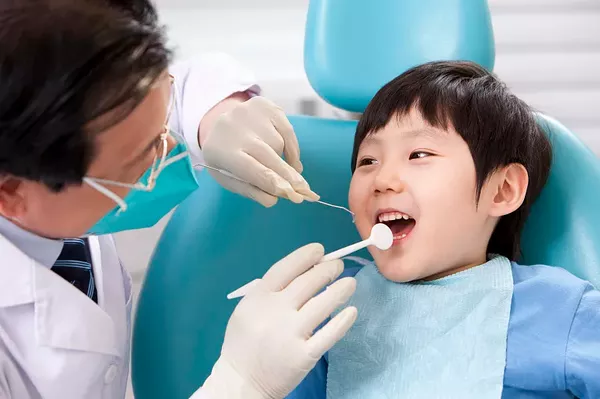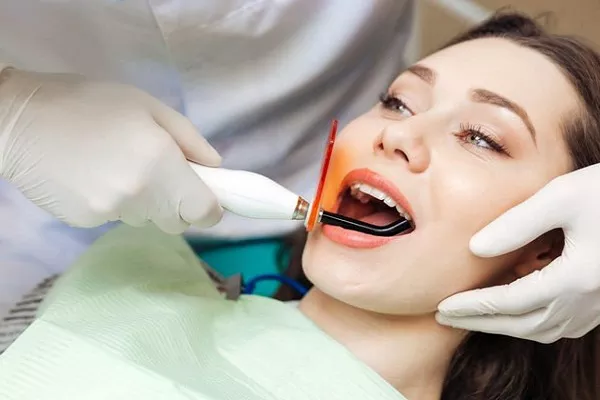A bright, white smile is often associated with good oral health and can boost your self-confidence. As a result, many individuals seek teeth whitening options to enhance the appearance of their teeth. However, with numerous teeth whitening methods and products available, it’s essential to understand what constitutes the best and safest approach to achieve a whiter smile. In this comprehensive article, we will explore various teeth whitening methods, their safety, and how to determine the best and safest option for your specific needs.
Understanding Teeth Stains
Before delving into teeth whitening methods, it’s important to understand why teeth become discolored. Teeth can develop stains or discoloration due to several factors, including:
Extrinsic Stains: These stains occur on the outer surface of the teeth and are often caused by consuming foods and beverages like coffee, tea, red wine, and foods with strong pigments. Smoking or tobacco use can also lead to extrinsic stains.
Intrinsic Stains: Intrinsic stains are deeper and occur within the tooth‘s structure. They can result from factors like genetics, aging, trauma, certain medications, and excessive fluoride exposure during tooth development.
Teeth Whitening Methods
Several teeth whitening methods are available, ranging from over-the-counter products to professional treatments offered by dentists. Here are some common teeth whitening options:
Over-the-Counter (OTC) Whitening Products: These include whitening toothpaste, mouthwash, strips, and gels available at drugstores. While convenient, OTC products may have limitations in terms of effectiveness and may take longer to achieve noticeable results.
Whitening Strips: Whitening strips are thin, flexible pieces of plastic coated with a whitening gel. They are applied directly to the teeth and left in place for a specified period, usually once or twice a day.
Whitening Toothpaste: Whitening toothpaste typically contains abrasive agents and mild whitening ingredients to help remove surface stains. However, they may not alter the intrinsic color of teeth significantly.
At-Home Whitening Trays: These custom-fitted trays are filled with a whitening gel and worn over the teeth for a specified period, typically daily for a few weeks.
In-Office Professional Whitening: Dentists offer in-office teeth whitening treatments that use stronger whitening agents and may involve light or laser activation. This method produces rapid results and is closely monitored by dental professionals.
Take-Home Professional Kits: Dentists may provide customized trays and professional-strength whitening gel for home use. This approach combines the convenience of at-home treatment with the oversight of a dental professional.
Safety Considerations for Teeth Whitening
While teeth whitening is generally safe, there are important safety considerations to keep in mind:
Tooth Sensitivity: Teeth whitening can cause temporary tooth sensitivity, especially with stronger whitening agents. This sensitivity typically resolves after treatment.
Gum Irritation: Whitening products can irritate the gums and soft tissues in the mouth. It’s crucial to follow product instructions carefully to avoid contact with sensitive areas.
Enamel Damage: Overuse or misuse of teeth whitening products, particularly those with high levels of peroxide, can potentially harm tooth enamel. Professional guidance can help prevent this.
Preexisting Dental Conditions: Individuals with certain dental conditions, such as cavities, gum disease, or exposed tooth roots, should consult with a dentist before whitening their teeth.
Determining the Best and Safest Option
Choosing the best and safest teeth whitening option depends on individual factors, including the level of discoloration, oral health, and personal preferences. Here are some considerations to help you make an informed decision:
Consult a Dentist: Before beginning any teeth whitening regimen, it’s advisable to consult with a dentist. They can assess your oral health, identify the cause of discoloration, and recommend the most appropriate whitening method.
Professional Supervision: Teeth whitening treatments supervised by dental professionals, either in-office or with take-home kits, are generally considered safer and more effective.
Product Quality: When using OTC products, choose reputable brands with the American Dental Association (ADA) Seal of Acceptance. This seal indicates that the product meets safety and efficacy standards.
Customization: Custom-fitted trays and personalized treatment plans, whether provided by a dentist or through at-home professional kits, can offer better results and minimize the risk of gum irritation.
Compliance: Follow the instructions provided with the chosen whitening method carefully. Overusing whitening products or neglecting oral hygiene can lead to adverse effects.
Maintenance: Consider the long-term maintenance required to keep your teeth white. Avoiding staining foods and beverages, quitting tobacco use, and practicing good oral hygiene can prolong the results of teeth whitening.
Balancing Results and Sensitivity: Be realistic about your expectations. Achieving extremely white teeth may increase the risk of sensitivity. Finding a balance between results and comfort is essential.
Conclusion
Teeth whitening is a popular cosmetic dental procedure that can help enhance your smile’s appearance. The best and safest teeth whitening option for you depends on various factors, including your oral health, the cause of discoloration, and your preferences. Consulting with a dentist and considering professional supervision can guide you toward the most effective and safe teeth whitening solution. Remember that maintaining good oral hygiene and making healthy lifestyle choices are key to preserving your bright, white smile for the long term.
Related Topics:































